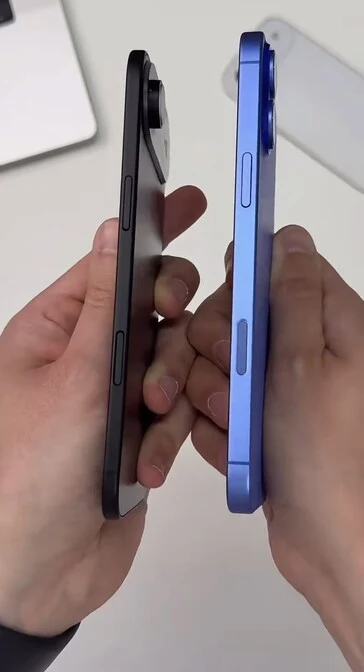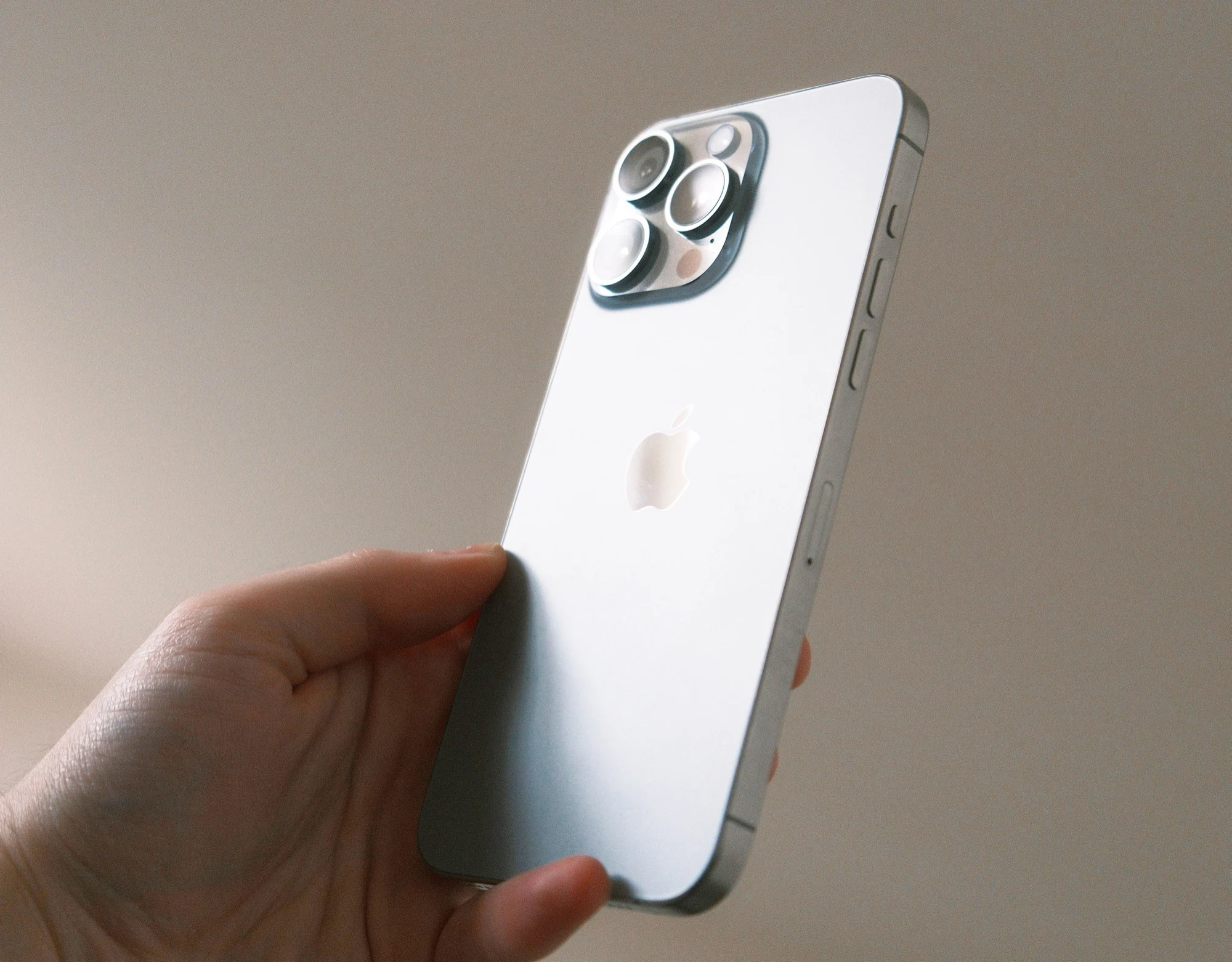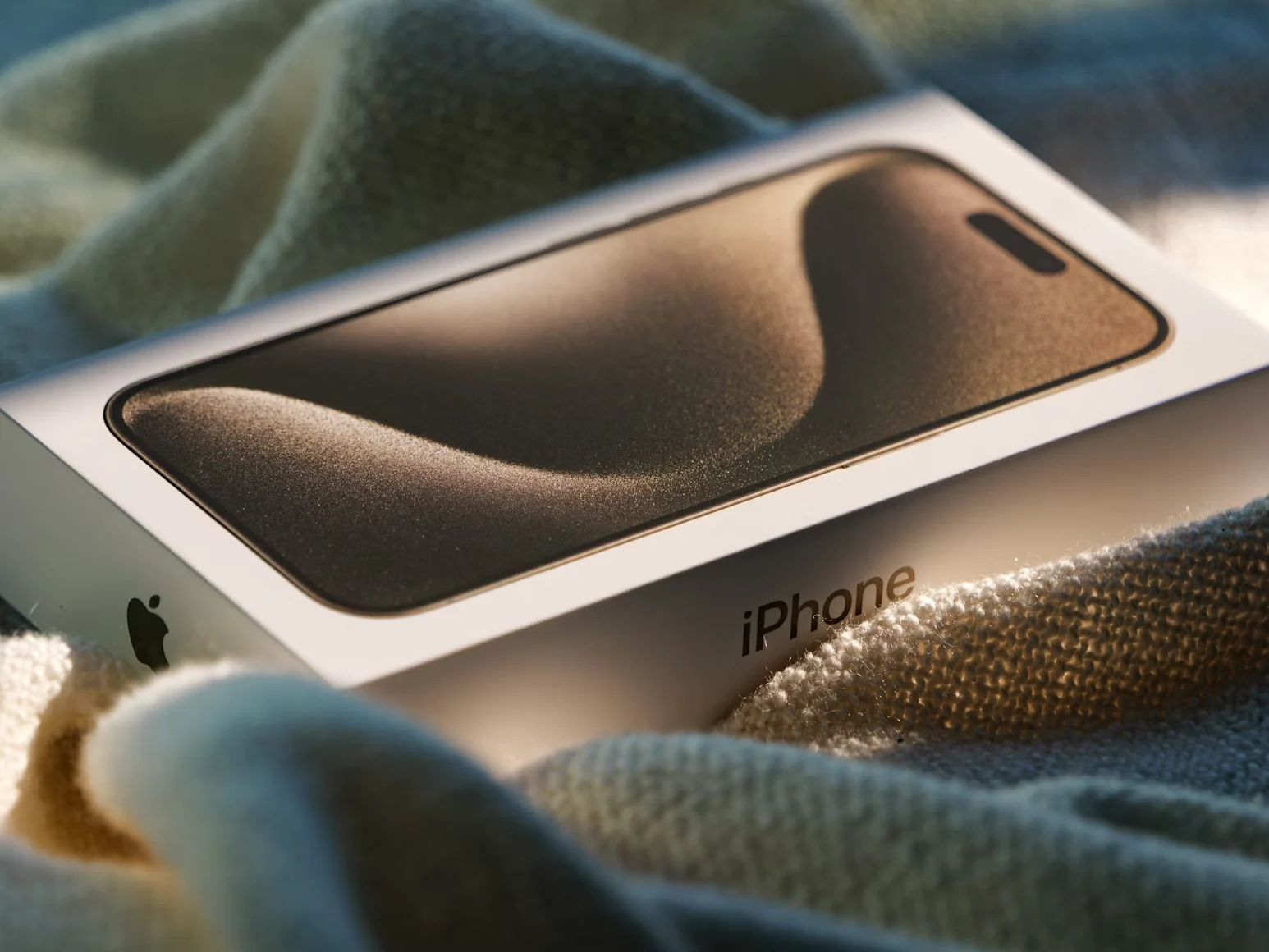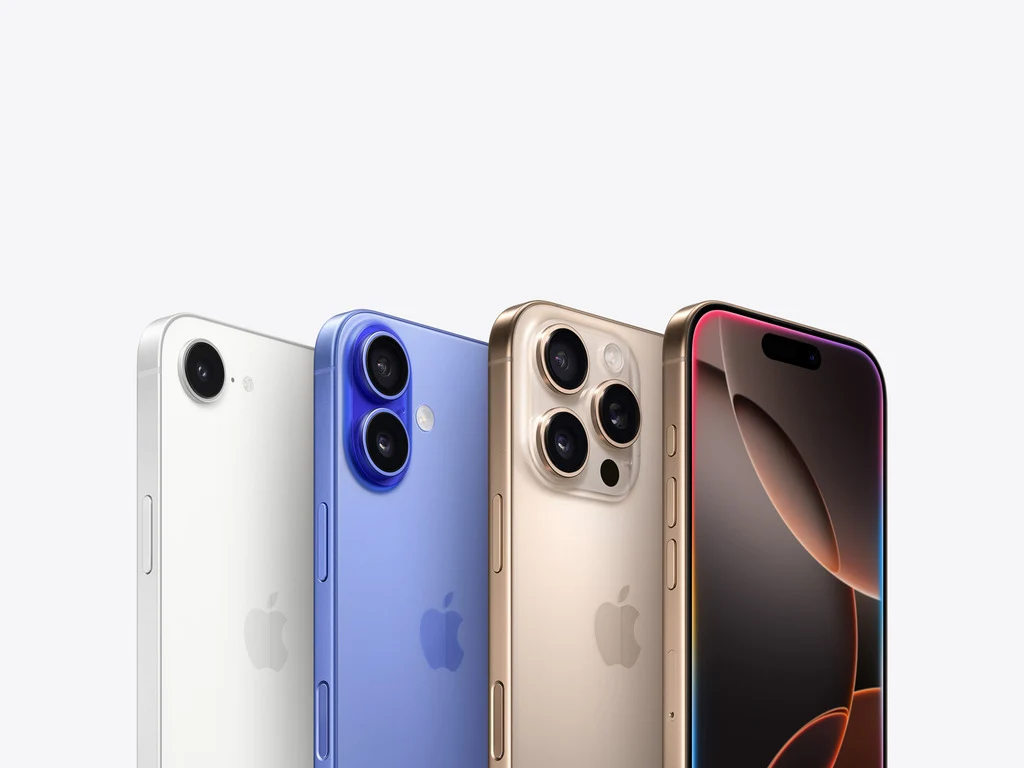Key Takeaways
1. Fortnite has returned to the US App Store after a lengthy legal battle between Apple and Epic.
2. The game was removed in August 2020 for breaching App Store rules related to payment processing.
3. Epic achieved a partial victory, with Fortnite reinstated in the EU App Store due to new regulations.
4. Epic plans to launch an official Epic Store app in the EU Play Store by 2025.
5. Currently, Fortnite is available in the US App Store and EU via the Epic Store, with global availability still uncertain.
After a long legal fight that lasted several years between Apple and Epic, Fortnite has made its comeback on the US App Store. This follows its return to the EU App Store last year due to new regulations that compelled Apple to change its approach.
The Reason for Removal
The well-known battle royale game was taken off the App Store in August 2020 after Apple alleged that Epic had breached store rules by allowing players to buy in-game currency directly through them. The main issue was Apple’s 30% cut on transactions made via the App Store, which Epic argued was not fair. Google also reacted negatively when Epic circumvented their 30% charge, leading to the game’s removal from the Android Play Store.
A Step Forward
In a partial win for Epic, the game was reinstated in the EU App Store last year, thanks to changes in the EU Digital Markets Act. This legislation required Apple to accept third-party app stores and different payment methods. Epic has declared plans to launch an official Epic Store app in the EU Play Store by 2025. In the meantime, players can download the game on Android by sideloading the Epic Store app.
Global Availability of Fortnite
Currently, the game is only accessible in the US App Store and can be found in the EU region via the Epic Store. Likewise, Google permits sideloading the app through the Epic Store. Fortnite’s official account on X stated that the game will be available in the US App Store and the Epic Games Store and AltStore in the EU. However, it remains uncertain when the game will be available to players across the globe.
Source:
Link












